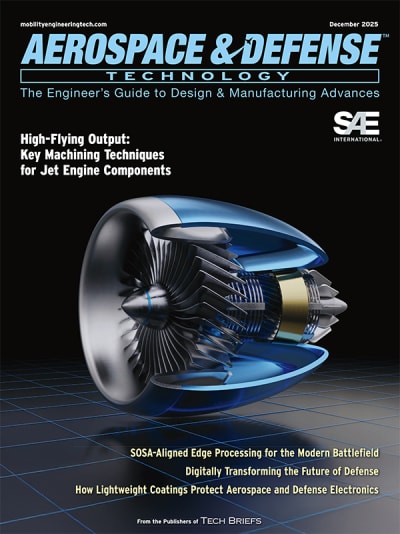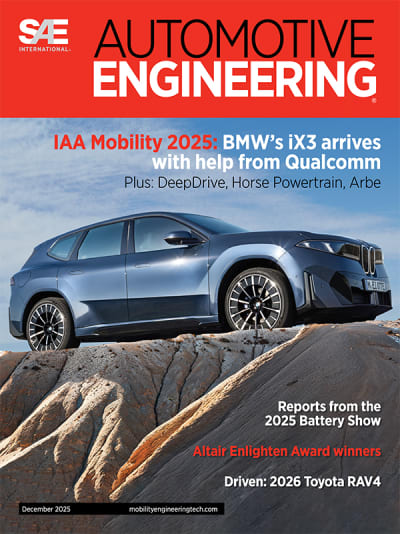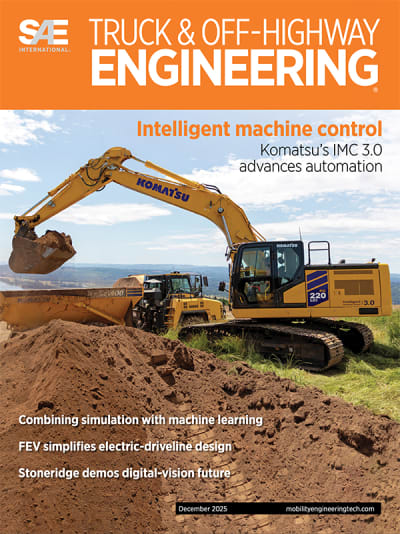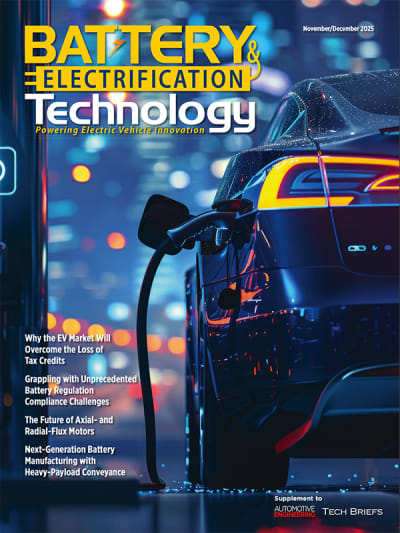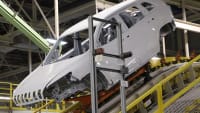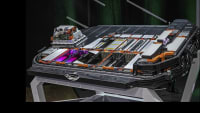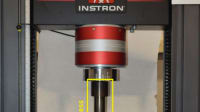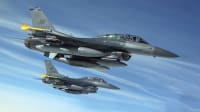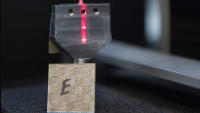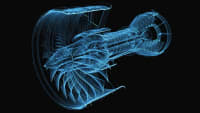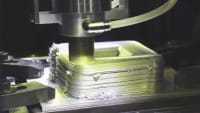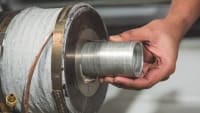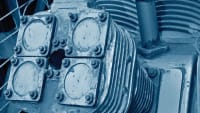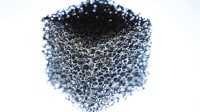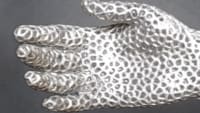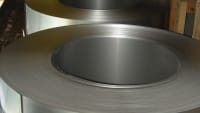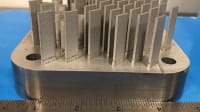Tesla’s Cybertruck Is Audaciously Austenitic
A proprietary 301-series stainless steel gives Tesla’s first pickup truck unique sales attributes while saving tooling cost.

Not since Ford’s epic switch to aluminum for its F-Series body structures has an automaker’s materials strategy created such a buzz. Tesla’s decision to use stainless steel for its upcoming Cybertruck, as part of what CEO Elon Musk calls an “exoskeletal” structural design, aims to give the new electric pickup strength and durability beyond that of its competitors. The vehicle is slated to enter production in late 2021, with the tri-motor AWD version following a year later.

Musk described the corrosion-resistant, 3-mm-thick (.118-in) sheet specified for Cybertruck as "ultra-hard 30X cold-rolled stainless-steel,” indicating an alloy variant developed from 300-series stainless steel. This popular class was used by Delorean (304 alloy) in its roughly 10,000 DMC-12 sports cars, and by heavy-truck maker Autocar (302 alloy) in a small-volume run in the 1960s. During the same period Ford also experimented with a few stainless-bodied Thunderbirds and Lincolns, also in 302 alloy. Today’s exhaust pipes typically use ferritic stainless steels.
“Tesla’s strategy with this truck is very interesting,” observed Dr. David Matlock, professor emeritus at the Colorado School of Mines’ Advanced Steel Processing and Products Research Center. Reviewing Musk’s public comments on Cybertruck online, Matlock surmises that the material is “very likely a modified version of the lean-alloyed austenitic 301 alloy.” When this alloy system is deformed or cold-worked, it transforms into a microstructure that includes austenite and martensite, primary constituents for a strong and tough metal.

“The more you deform it, such as cold rolling, the more martensite you get. And that contributes to a significant increase in strength,” he explained. Martensitic high-strength (non-stainless) steels are increasingly used in vehicle structures to increase strength, but they achieve their hardness through heating and quenching as is done in press-hardening steel commonly used in automobiles today. By comparison, the lean austenitic stainless alloys can create martensites by cold-roll-induced transformation at room temperature, Matlock noted.
But while Tesla’s proprietary 30X-alloy stainless skin may endow Cybertruck with industry-leading dent resistance, the material spec and the exoskeleton design force tradeoffs. “Cold rolling makes this material very strong but sacrifices ductility and formability. That means a minimum subsequent metal forming is possible and dictates mostly flat panels and straight character lines,” Matlock said. The truck’s outer body contributes to the strength of the vehicle structure, unlike a conventional body-in-white whose strength comes from controlling the A- and B-pillar geometries and using combinations of press-hardened steels.
As a result, the Tesla truck’s polarizing “planar” styling is either Blade Runner-cool or high-school-metalshop crude, depending on your aesthetic sense. The material characteristics and robust 3-mm sheet thickness (typical steel door panels are on the order of 0.7mm to 1mm) spurred Musk to claim that the “ultra-hard 30X” can break a stamping press. Hyperbolic or not, Tesla has engineered a material and manufacturing solution that requires minimal forming operations, enabling huge potential savings in presses, dies and related operations for its radical new pickup.
Top Stories
INSIDERLighting Technology
![]() Using Ultrabright X-Rays to Test Materials for Ultrafast Aircraft
Using Ultrabright X-Rays to Test Materials for Ultrafast Aircraft
INSIDERDesign
![]() New 3D-Printable Nanocomposite Prevents Overheating in Military Electronics
New 3D-Printable Nanocomposite Prevents Overheating in Military Electronics
INSIDERUnmanned Systems
![]() F-22 Pilot Controls Drone With Tablet
F-22 Pilot Controls Drone With Tablet
INSIDERDesign
![]() F-35 Proves Nuke Drop Performance in Stockpile Flight Testing
F-35 Proves Nuke Drop Performance in Stockpile Flight Testing
INSIDERAR/AI
![]() Algorithms for Autonomous Marine Vehicles
Algorithms for Autonomous Marine Vehicles
INSIDERTest & Measurement
![]() NASA’s Quiet Supersonic Demonstrator Jet Completes First Flight
NASA’s Quiet Supersonic Demonstrator Jet Completes First Flight
Webcasts
Energy
![]() SAE Automotive Engineering Podcast: Additive Manufacturing
SAE Automotive Engineering Podcast: Additive Manufacturing
Aerospace
![]() A New Approach to Manufacturing Machine Connectivity for the Air Force
A New Approach to Manufacturing Machine Connectivity for the Air Force
Software
![]() Optimizing Production Processes with the Virtual Twin
Optimizing Production Processes with the Virtual Twin
Power
![]() EV and Battery Thermal Management Strategies
EV and Battery Thermal Management Strategies
Energy
![]() How Packet Digital Is Scaling Domestic Drone Battery Manufacturing
How Packet Digital Is Scaling Domestic Drone Battery Manufacturing
Automotive
![]() Advancements in Zinc Die Casting Technology & Alloys for Next-Generation...
Advancements in Zinc Die Casting Technology & Alloys for Next-Generation...

